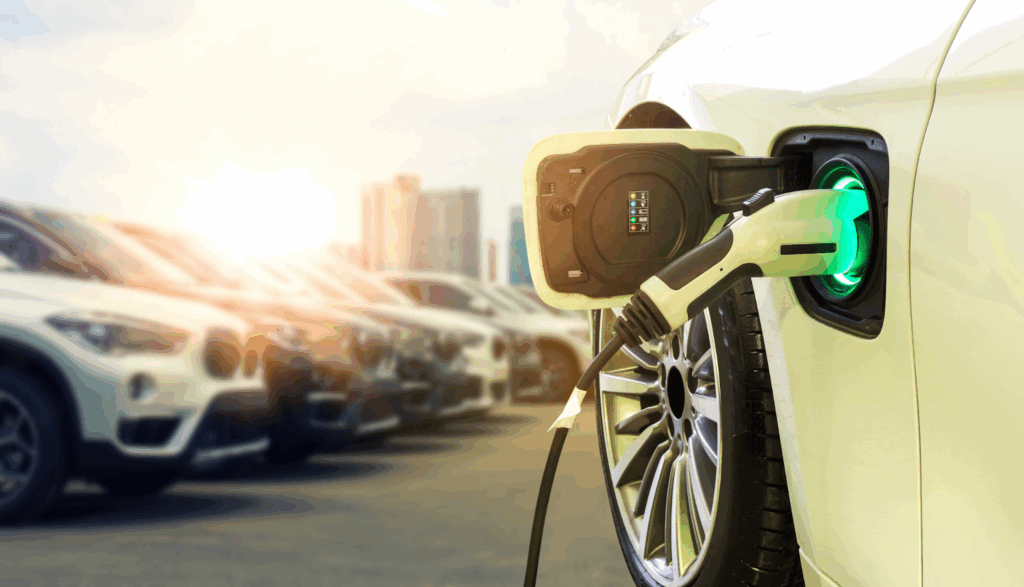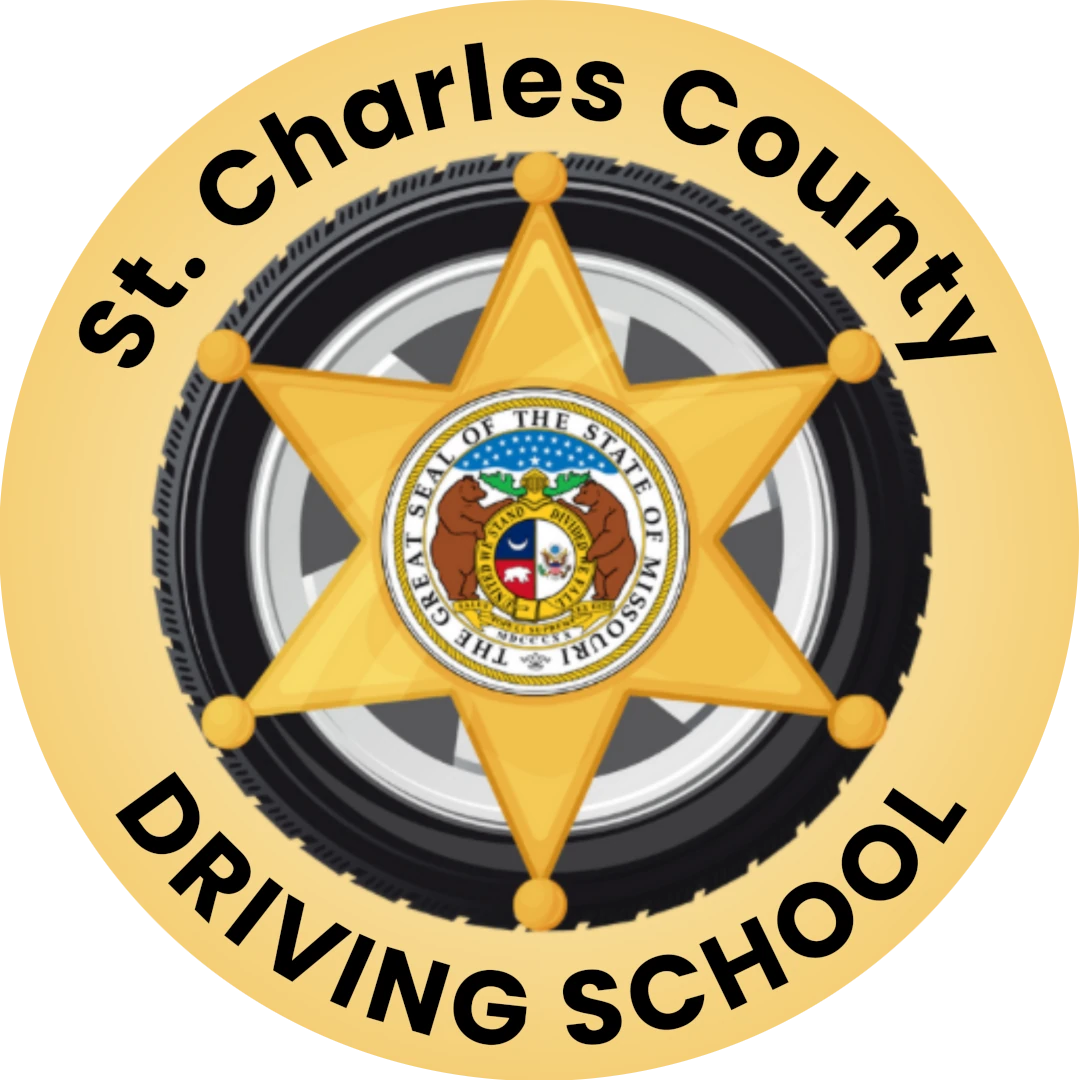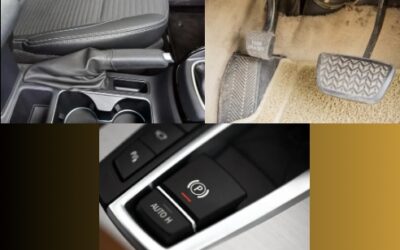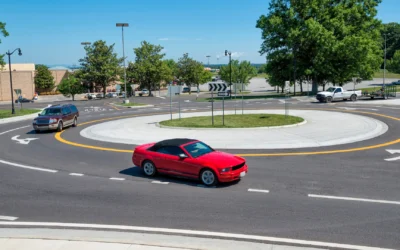Driving today feels like second nature to most of us: sliding in behind the wheel, starting the engine, and hitting the road. But driving hasn’t always looked the way it does now. From the first automobiles in the late 1800s to the advanced vehicles and roadways we use today, driving has gone through a dramatic transformation. Let’s take a glance back in history and see how driving has evolved into what we know today.
The Early Days: Late 1800s to Early 1900s
The first “horseless carriages” appeared in the late 1800s. This photo of the Early automobiles were expensive, unreliable, and reserved for the wealthy. Roads weren’t built for cars yet—they were mostly dirt or cobblestone, designed for horses and carriages. Driving was more of an adventure than a convenience, and traffic laws didn’t really exist.

The Rise of the Automobile: 1910s–1920s
With Henry Ford’s introduction of the Model T and the assembly line in 1908, cars became affordable for everyday families. This was the start of car culture in America. States began creating driver’s license requirements and rules of the road as traffic increased. Road signs and traffic signals also made their first appearances, laying the foundation for modern traffic safety.

Highways and Growth: 1930s–1950s
As cars grew more common, governments invested in better roads. The U.S. built its first highway systems, and in 1956, the Federal-Aid Highway Act launched the creation of the Interstate Highway System. Cars were becoming more powerful, but safety was still limited—seatbelts, airbags, and crash testing weren’t standard yet.

The Safety Era: 1960s–1980s
By the mid-20th century, concerns about crashes and fatalities led to new safety regulations. Seatbelts became mandatory in many places, airbags were introduced, and driver education programs expanded. Speed limits, drunk-driving laws, and more sophisticated traffic enforcement helped reduce accidents. Driving was no longer just about convenience—it was about responsibility and safety.

The Technology Revolution: 1990s–2000s
Cars rapidly evolved with new technology. Anti-lock brakes (ABS), electronic stability control, and advanced crash protection became standard. GPS systems began replacing paper maps, and cell phones introduced both new conveniences and new distractions on the road.

Driving Today: 2010s–Present
We now have cars with technology most of us only dreamed about as children. Modern cars are smarter than ever. Features like lane-keeping assistance, blind spot detection, and adaptive cruise control help drivers avoid accidents. Electric vehicles (EVs) are reshaping the industry, and apps for ride-sharing, navigation, and traffic updates have changed how we get from point A to point B. Driving is now a mix of tradition and high-tech innovation.

The Future of Driving
We’re on the verge of another major shift: self-driving cars. While not yet mainstream, autonomous technology continues to advance, and these self-driving vehicles will continue to grow in popularity. Other technological advancements are a guarantee, and which ones will become mainstream is yet to be seen.

Conclusion
From dirt roads and horseless carriages to GPS-guided vehicles with advanced safety features, driving has changed dramatically in just over a century. What started as a luxury for the few is now a daily necessity for millions. And with new technology, driving has evolved beyond what anyone could have foreseen 100 years ago, and the story is still being written.



